How to keep a top-floor apartment cool in summer
Just chillin'

Beth Mahoney
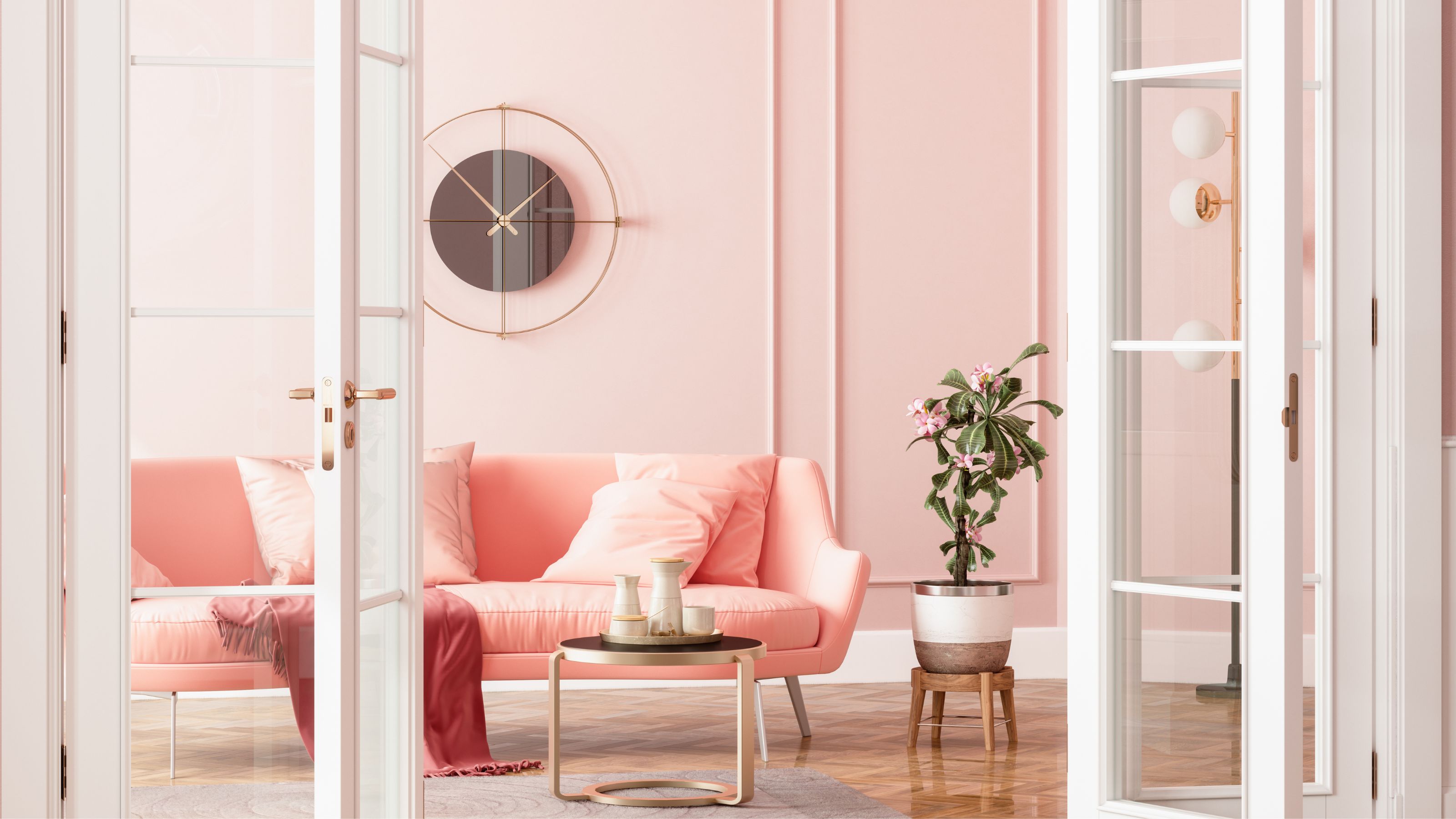
The views, less street noise, pretending you live in a luxe penthouse, top floor apartments are great — that is until you realize that keeping a top-floor apartment cool in summer when it’s 90 F degrees outside can be a challenge, shall we say.
Admittedly, if you have AC then you might not be too worried about the heat, but it’s important to keep in mind the high cost that can come with running your AC 24/7. Not to mention the environmental impact.
Luckily, we have a load of tips and tricks up our sleeves to help you cool down your high-rise home. From quick hacks to cool a room down fast, to ways to prevent it from getting too warm in the first place, read on and you will be set for a more comfortable summer in the city.
Why is it so hot on the top floor?
There are a couple of reasons why high-rise apartments or those on the top floor get so hot. Firstly, hot air rises. The other main reason is passive solar gain. This is a fancy way of saying that trapped heat from sun exposure makes a space hot. We can use it to our benefit in winter, but in the summer months, it can make a space unbearable. And the reason why top-floor apartments are so susceptible to it? They are less shaded and will get more sun than lower floors.
Plus, if you live in a gorgeous old loft or brownstone, likely those big old windows are not very good and stopping (and keeping out the heat). In an ideal world, your landlord would upgrade them, but let's get real, that's unlikely to happen.
How to keep your top floor apartment cool
So how do you beat the heat in a top-floor apartment or high-rise home? We have a number of methods (many that we've tried and tested ourselves), from those that are quick and effective when the room is already too hot, to those that will help stop it from getting too stuffy in the first place. We promise, these hacks really do work!
1. Vent and get air circulating
When it is hot and the air is still, a room can feel stifling. The first thing that you should know is that creating a bit of draught and getting the air circulating around your apartment is a good way to ease the heat. Honestly, it makes a huge difference.
Get small space home decor ideas, celeb inspiration, DIY tips and more, straight to your inbox!
Open the windows to help hot air escape and prop doors open to aid ventilation. The pressure difference between inside and out should also help cool air rush in, but you may need to open windows on opposing walls to encourage this and get a through-flow of air. If you've got pets and are worried about them falling out of an open window, we'd recommend these super handy Eudemon safety restrictors available from Amazon. They're effective and they don't require any drilling. Simply peel and stick them on.
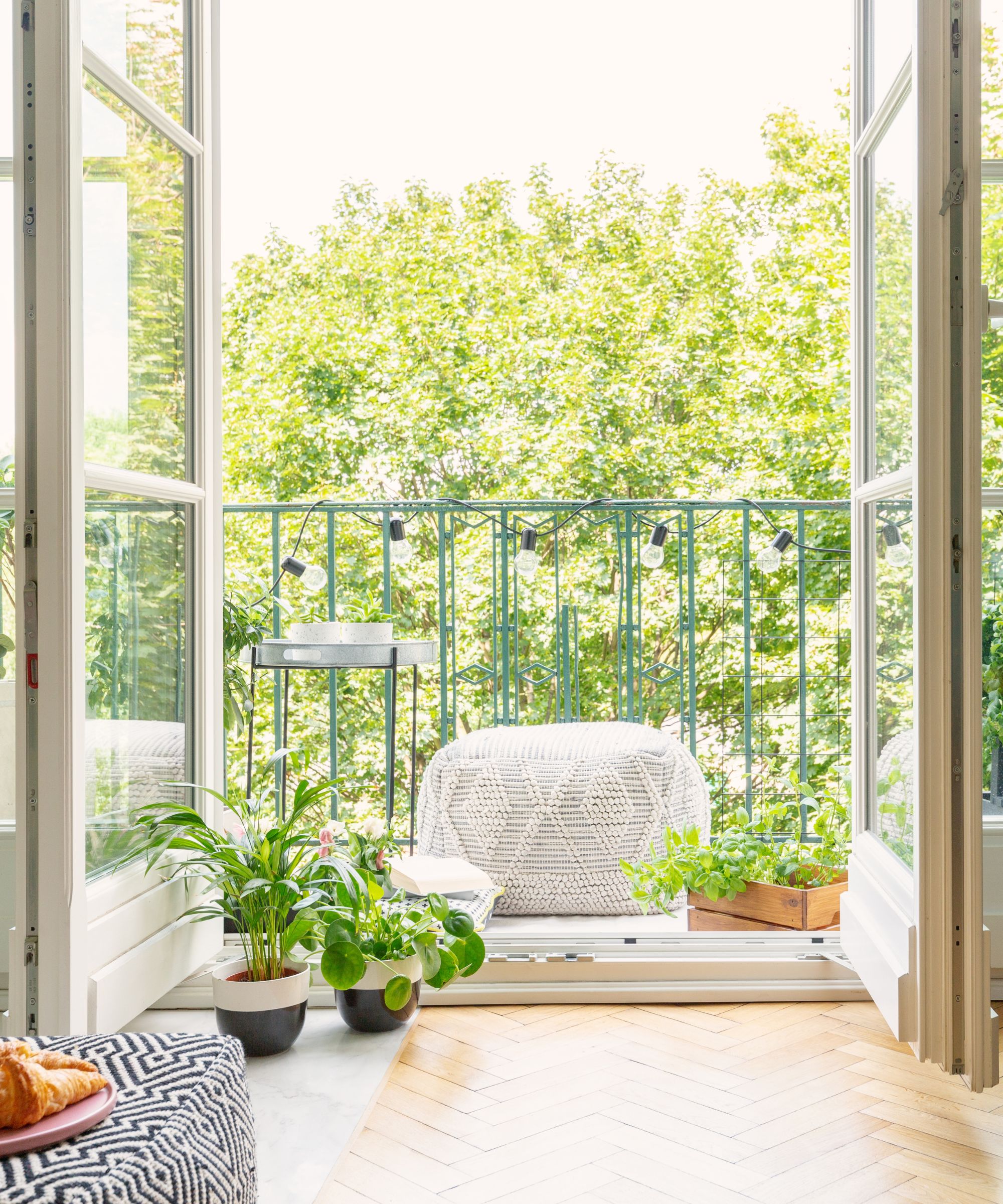
2. Make your fans work harder
While even the best fan out there can't cool air, it will only shift it around, there are ways to optimize the use of your fan to disperse the heat and bring a cool breeze. First, think about fan positions. A fan on the floor will lift the cooler air that is lower in the room.
Then, try angling your fan at the window to push the hot air out. If you have two fans you can create good flow by getting one aimed towards and one aimed away from the window to push out hot and draw in cool. This is even more effective if you have two windows opposite one another. And finally, you can make your fan blow cold air by putting a bowl of iced water or frozen water bottles in front of it. The fan will circulate the cooled air coming from the ice.
Ceiling fans are also a great alternative when you don't have an AC unit or are looking to cut back on your energy footprint. "Make sure to run fans counterclockwise during the summer months, as this motion has the potential to cool the room by 4-7 degrees F," explains Steve Truett, president of Aire Serv.
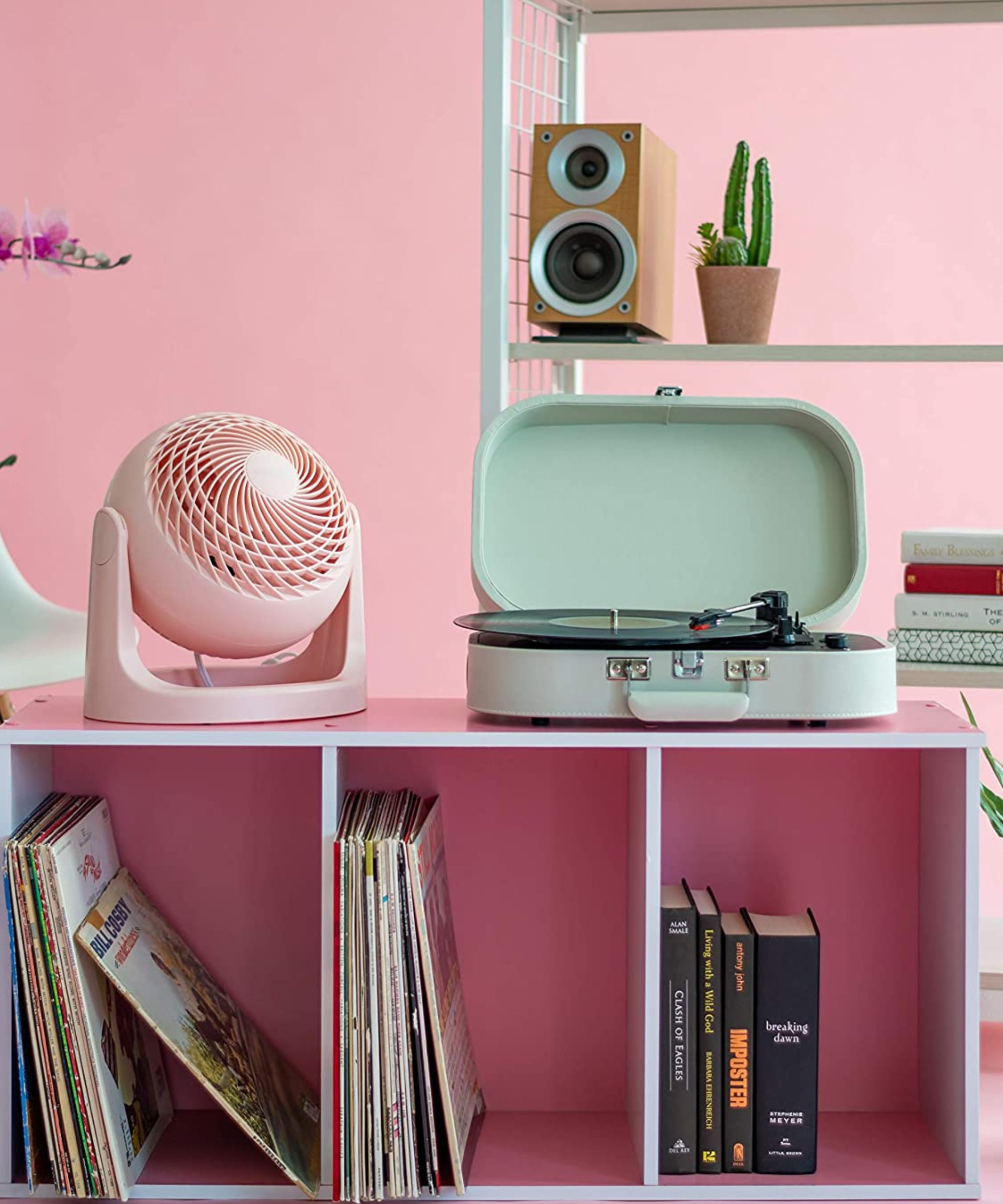
3. Use air con and windows strategically
The cost of installing air conditioning and running it can be pretty high (and if you rent the chances are you won't be allowed to do this anyhow), so weigh up whether buying a portable air conditioner or simply just opening a window will be the better option for cooling. This will depend on the time of day and whether it is cooler outside than in.
"One thing that may seem obvious, but that often isn't done, is simply to open windows when the temperature is lower outdoors than indoors," explains Allan Lake, Founder of Good Guys Heating, Cooling and Plumbing.
If we have AC we tend to think this is the best solution, but that is a costly assumption when outside is, in fact, cooler.
"Why would someone be using AC when it's colder outdoors than inside? It's likely because they want to cool down the house before going to bed, and their insulated home is still retaining heat from the warmer part of the day," says Lake. "Being aware of the situation and opening windows beforehand could reduce or eliminate the need for AC."
Just remember to shut the windows if you do run AC, and also keep windows shut if it is hotter outside than in to keep the interior cool.
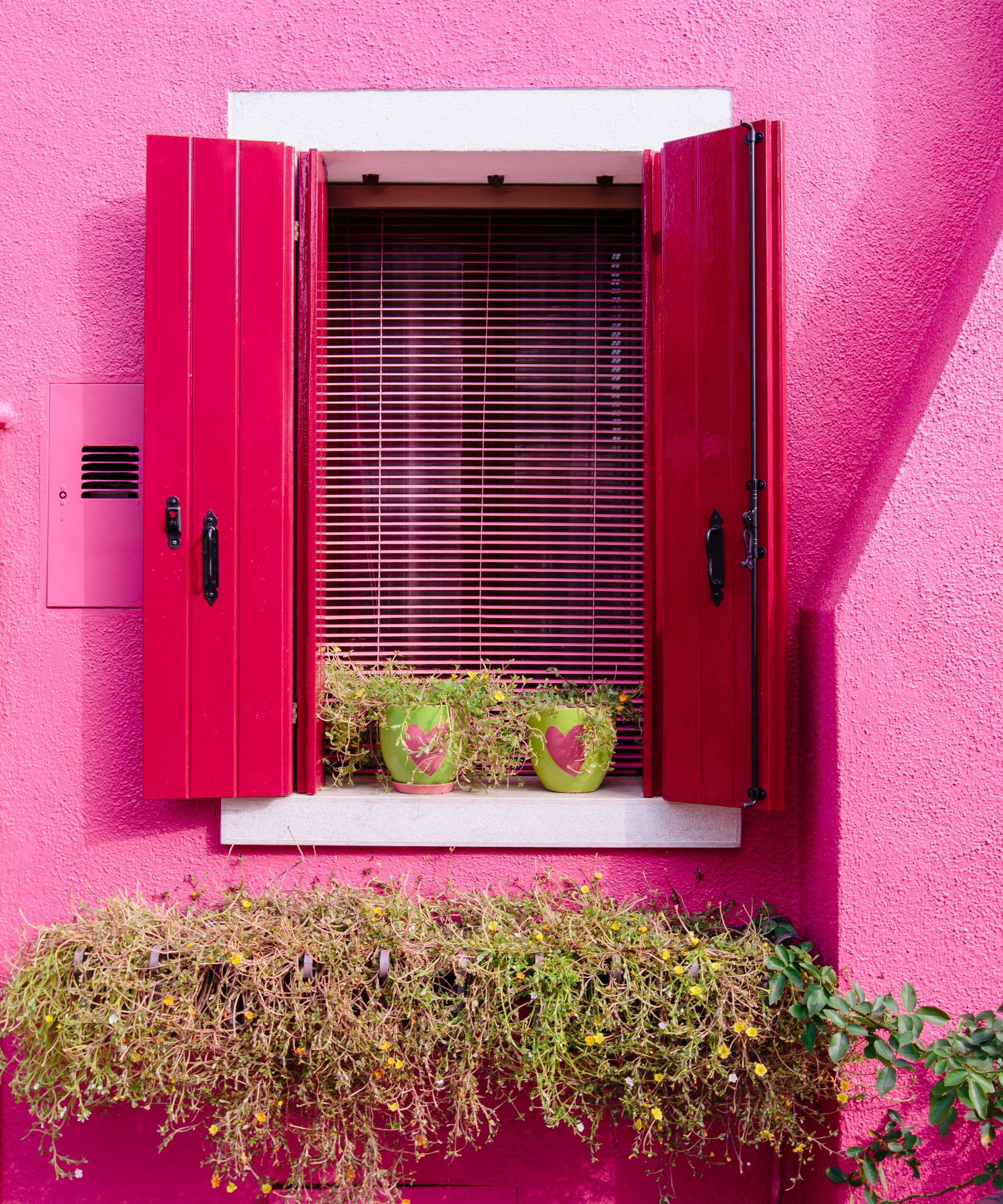
4. Turn off appliances and lights
Running the dryer, dishwasher, and oven multiple times throughout the day can produce a lot of heat in the home. Finding simple alternatives like air-drying clothes outside instead of in the dryer or, handwashing dishes can help conserve energy and reduce heat around your apartment in general.
Investing in the best air fryer that cooks quicker and more efficiently than an oven is a good idea for summertime cooking. Or simply resort to other meal ideas in a heatwave.
Also, consider how much heat energy-inefficient lighting produces. According to Truett, old incandescent lights are major players in heating up apartments as they give off 90 percent of their energy as heat, contributing to 12 percent of your energy bill, so it's worth looking to smart lightbulbs that are great when it comes to energy efficiency.
By choosing an LED or curly CFL (compact fluorescent lamp) light, you can reduce wasted heat and cool the room down, they use 75 percent less energy and last 10x longer) or LEDs (use 80 percent less and last 25x longer) for substantial savings and cooler apartment space.

5. Shut doors to lower floors and sun-traps
Though the rise of hot air is unavoidable in an apartment block, keeping doors between floors shut will minimize this problem (and this should be done for fire safety reasons anyway). If your lobby or entryway feels warmer than your apartment, keep the door shut and minimize opening it too much throughout the day.
Keep the door shut to any rooms of your apartment that get particularly hot (perhaps they face the midday sun), especially if they are not used much or only used for short periods of time. That will prevent them from causing a rise in the overall temperature of your home.
6. Keep blinds and curtains closed
A big part of keeping an apartment cool is preventing the temperature from rising in the first place (we know, we know, the struggle is seriously real). As we mentioned before, passive solar gain is one of the main culprits so shut your curtains and draw your blinds to minimize heat.
Black-out curtains or cellular blinds that are designed to keep in heat — and thus keep it out — will be even more effective than lighter dressings.
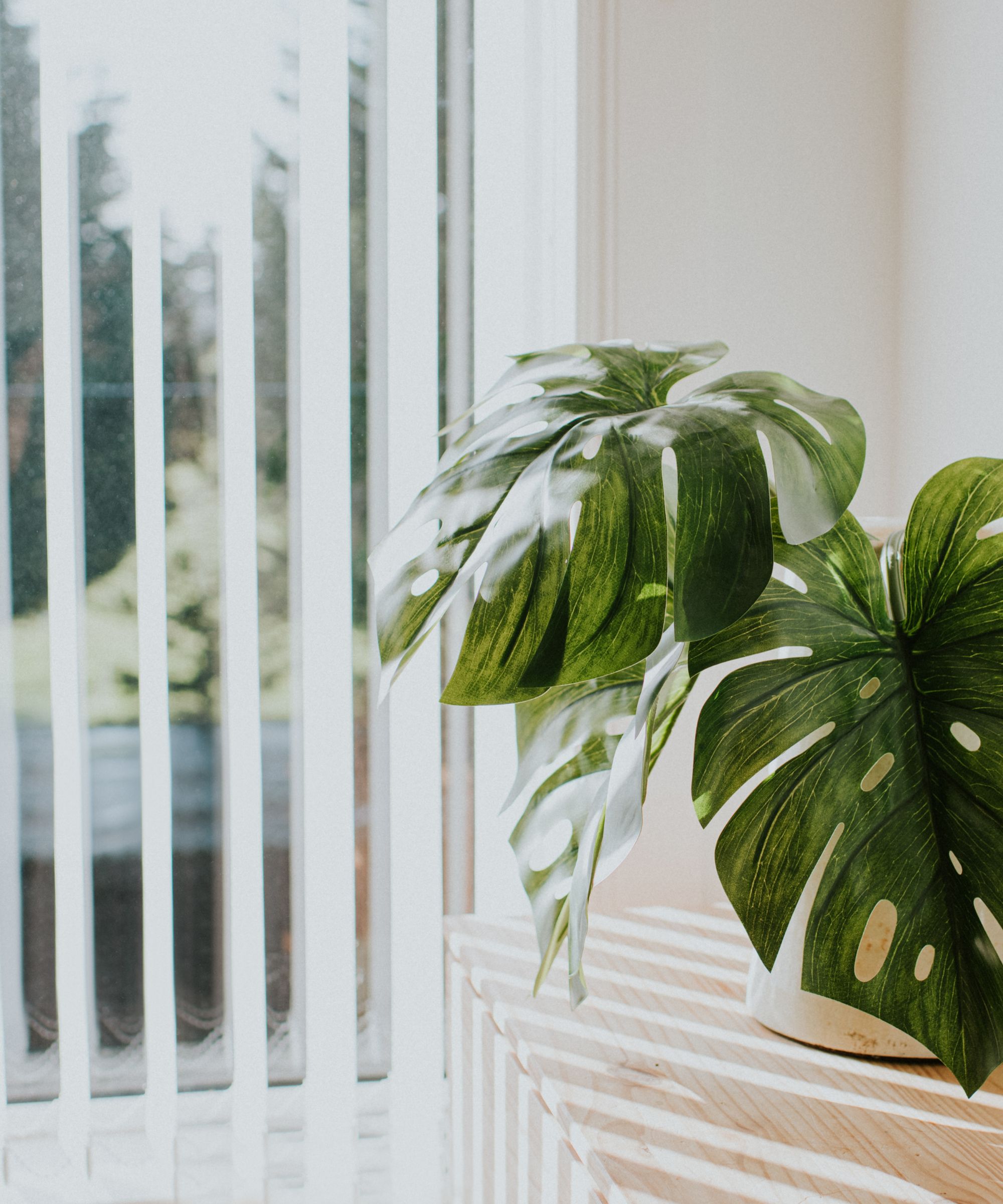
7. Ask your property owner about insulating the roof
If you are on the very top floor, not only will you be facing heat from any external walls, but from the roof, too. Sigh. If the void between the roof and your apartment is poorly insulated, the heat gain and loss will be very noticeable.
Suspect this is an issue? Talk to your landlord or property owner. It is in their interests to make sure the building is efficient.
8. Control humidity
Humidity can make a hot home feel warmer and sticky, making it impossible for you to cool down. Eugh. If humidity is a frequent problem for you, buy the best dehumidifier and set it up in the middle of the room with all doors and windows shut. Honestly, it'll make all the difference.

Lindsey is Editor of Realhomes.com and Editor in Chief for Home Ecommerce at Future. She is here to give you aspirational, yet attainable ideas for your home and works with her team to help you get the best buys, too. She has written about homes and interiors for the best part of a decade for brands including Homes & Gardens, Ideal Home and Gardeningetc and isn't afraid to take the inspiration she finds at work into her own space – a Victorian terrace which she has been (slowly) remodelling for the last eight years. She is happiest sipping a cup of tea with a cat on her lap (if only she had a cat).
- Beth MahoneyFreelance journalist